Keywords
|
| HIV/AIDS, Android Operating System, health care education, social awareness |
INTRODUCTION
|
| About 34 million people all over the world were affected with HIV/AIDS [1]. Studies show that person affected by HIV even at earlier stage has no substantial cure. HIV in its further stages causes human to acquire deficiencies in fighting against diseases. This stage is called AIDS. CD4 cells, which are responsible for fighting against the diseases, in healthy person ranges from 500 to 1,600 per cubic millimeter of blood. AIDS is diagnosed when CD4 cell count goes below 200 [2]. |
| Android is a Linux-based operating system designed primarily for touch-screen mobile devices such as smart-phones and tablet computers, with its support for multiple device configurations. Android operating system had a worldwide market share of 76% during the third quarter of 2012 with more than 500 million devices activated in total and 1.3 million activations daily [3]. The mobile companies design their hardware and port the open source Android operating system onto it. In addition to this, initiatives like, one by Government of India to make WorldâÃâ¬ÃŸs cheapest Android based tablet Aakash, costing at USD 35 [4], especially for students, has gained market attraction. This cost reduction is achieved by GovernmentâÃâ¬ÃŸs subsidy program for the product. The major objective of doing this is to make it possible for students to buy it for educational purpose at very affordable price. These aspects of Android enable it reaching wider spectrum of users. Thus, an HIV/AIDS educational application, based on such technology will be effective to promote its awareness. |
| Though in many countries education about HIV/AIDS is given in curriculum itself, our study found out that even if detailed information is present in syllabus, is not properly delivered, owing to cultural barriers, taboos and several misconceptions. In developing countries, like India, teachers of opposite gender may feel awkward to discuss about sexually transmitted diseases or their preventive measures (like condoms and contraceptives). |
| We cannot risk negligence in delivering life saving preventive measures which are easy to follow. For instance, if there is a system which delivers all the information in user friendly and lucid format, with user confidentiality, then users will feel free to discuss about it without any hesitation. HealthPlus solves this problem by acting as a private assistant, who can help in delivering such information in much interactive manner and will be able to quantify their own knowledge. There are lots of resources available to get the information about HIV/AIDS like educational videos or other media services but it does not give validation to correctness of information delivered to users. Health Plus solves this by taking test with simple multiple choice questions and evaluating that test on mobile device itself. This approach was testified successfully on sample user base and resulted with considerable improvement in their knowledge. Thus, it can help in supporting and quantifying its effectiveness. |
II. RELATED WORK
|
| There are various HIV/AIDS educational services and classroom programs available around the world. They provide education through audio-visual aids and glossaries [5]. Also there exist some mobile applications that deals with explaining medical terminologies related to HIV and AIDS. |
| According to the study, it was found that, currently there are no personal interactive systems focusing on awareness and prevention of HIV/AIDS. There are no systems available for checking userâÃâ¬ÃŸs knowledge and scaling it for analysis, which will be helpful to Government organizations, educational systems, NGOs, NPOs, parents and individuals in making important decisions regarding personal and social heath care. |
III. HEALTHPLUS BASICS
|
| For simplicity of application it has been divided into four different modules. Each of these modules focuses on different aspects of application. This section signifies their operation and importance. Fig. 1 gives its overview and Fig. 2 Shows Home Screen implementation. |
| Module 1 “Teach Me”: This module is about awareness of HIV/AIDS. Instead of presenting data in bulk unmanageable format, it is broken down into smaller pieces. This restriction on data presentation makes it more concise and to-the-point, improving its lucidity. The sub-modules are Symptoms, Spread and Prevention. Each module explains about its role as its name suggests (Fig. 3) and is intended to give users the complete know-how on AIDS. This aims at clarifying userâÃâ¬ÃŸs doubts, biases and misunderstandings regarding the spread and prevention of the disease. If user wants to know more about it or wants to ask some query then it is possible by choosing option Web (Fig. 4); same for videos. This will connect the application with web service, which provides more information and explanatory videos. To check understanding of user and to quantify it in terms of marks, Check Me is designed which is two step process, first is FAQs and then actual test which is multiple choice question test of 15 marks where user can cross check answers with scientifically explained answers. |
| Module 2 “Status”: This module provides personal health data management system. Functionality for storing all the basic health related parameters (like blood pressure, sugar level and weight details) and medicinal or doctor prescription data is provided. Doctor appointments can also be stored with details and time alerts. It plays a vital role by making prescription data available at same place, saving userâÃâ¬ÃŸs and doctorâÃâ¬ÃŸs efforts for maintaining medical records. It also gives interactive information in the form of graphs and One-touch audio report to the user. One touch audio report is a functionality that gives summary of data, provided by user to application, in audio format. This feature is useful when user wish to get summarized information rather than going to each record details manually. |
| Module 3 “Health Plus”: This is a personal care module. It provides information on all good health care practices including Vedic health practices such as Yoga and Pranayama, health tips, with online support. There is provision for user to choose his yoga plans according to personal choice. Also additional information about ancient health practices can be found (Fig 7 and 8). |
| Module 4 “Being Social”: This module helps to highlight the issues regarding HIV/AIDS. It tries to convince users to help people living with it, by giving world statistics, inspiring stories, and issues regarding spread of HIV/AIDS and ways to tackle with life after infection with motivational and supporting ideas. Application also provides an easy way to donate for cause of HIV/AIDS. |
IV. IMPLEMENTATION DETAILS
|
| Android has various versions and varied device support. Applications in Android work on the top of OS and are implemented in Java. This can be viewed as shown in the architectural diagram (Fig. 9). HealthPlus is built and supported on Android version 2.2 (Gingerbread) and above. |
| 1. Architecture: |
| The Android operating system software stack consists of four divisions. These divisions are Applications, Application Framework, Libraries and Linux kernel. The Linux kernel acts as an intermediate layer between hardware and the software stack. Android depends on it for system services such as security, memory management, process management, network and drivers. |
| 2. User Interface: |
| Each UI screen is Activity in Android application. Operations on UI components (like button, check box, text field, radio button, etc.) are written In Java, whereas UI design is implemented in XML. Android MANIFEST file deals with maintaining association between the Java classes and UI. It also contains various user level and system level permissions required for utilizing system services. The XML is designed such that it can support multiple screen sizes and screen pixel densities. Considering the mobile phones and tablets, running on Android OS, sizes range from 3” to 5” and tablets screen sizes range from 7” to 10”, HealthPlus supports screen sizes ranging from 3” to 7” screen sizes. To implement support screen sizes Relative Layout is used. |
| 3. Audio-Visual Aids: |
| Audio-Visual aids are always effective in delivering knowledge in lucid form. In simple audio and video systems the contents are delivered in one-way fashion with no user feedback. Also the memory requirement for audio and video is more as compared to text, making it heavier, preventing from being ported to mobile devices. So, HealthPlus uses textual information and converts it to audio making it more memory efficient by using text to speech libraries. |
| One touch Audio: As mentioned in the module Status, data is sorted according to date and this feature collects all the details such as weight, sugar level or blood pressure. It interprets whether condition is normal or not from last saved record added and suggests for check-ups with proper notification. |
| Example for one touch audio string is “Welcome John this is your health report, your weight was 68kg on 28th March and blood pressure was 78/108, your condition is normal.” One-touch audio report generation process is as shown in Fig. 10. It retrieves userâÃâ¬ÃŸs data, analyzes it, checks for boundary limits of blood pressure and sugar level and gives conclusion whether the userâÃâ¬ÃŸs condition is normal or not. When such string processing completes it is given to text-tospeech engine for audio format of it. |
| Text to speech was introduced in the API 4.0 as package android.speech.tts. E.g. Tts.speak(“Test String”); will say „Test StringâÃâ¬ÃŸ. Speech synthesis engine generates sound from the phonemes. One of the features implemented in HealthPlus is by using speech engine and generating sounds according to userâÃâ¬ÃŸs age and geographic location. Speech rate can be set by function provided in the API as setSpeechRate(). Speech rate can be optimized in order to make it more understandable according to the deploying demographics. Tts.setLanguage(Locale) is a functionality that will try to use the closest match to the specified language for TTS engine as represented by the Locale. Implementation mTts.setLanguage(Locale.US) before implementing locale we should check localeâÃâ¬ÃŸs availability mTts.isLanguageAvailable(Locale.UK). In this way locale can be changed to deliver the information efficiently according to local accents. It also provides facility of a prerecorded information module which is played using internal media player itself and using function calls it can be used for play, pause and stop options (Fig. 11 and 12). |
| 4. Testing of understanding the topic and feedback: |
| If a typical Audio or Video awareness system for HIV/AIDS is used then it will provide one way communication. There is no way of a possibly judging or quantification of understanding of user. To tackle this problem, the application provides two step procedure first is Check Me module in which simple answers to very frequently asked questions are provided (Fig. 13 and 14). |
| The questions are designed in such way that all misunderstandings about HIV will be cleared. Questions such as “Does HIV spread due to sharing of foods or shaking hands?” and “Does it spread due to biting of mosquito?” Second step is to check whether user is getting the topic or not and its quantification in terms of marks Check your knowledge module which is multiple choice questions test where user can check his/her answers and if user is wrong, proper answer with reasoning is given and this provides way to quantify understanding of user regarding HIV/AIDS. The test is implemented using JavaScript and executed on browser. |
| 5. Offline Mode: |
| HealthPlus is designed to work with its full features, offline, that is even when no internet connection is available. So, application is managed to deal with It is possible that in some scenarios such as remote places or villages where data connectivity might not be available. To tackle this problem it is designed to work completely stand alone and if internet connectivity is made available, user can use it for more features and HIV/AIDS patients can connect to each other. |
| 6. Location Service: |
| It is one touch location search for nearby hospitals or clinics. It is useful during normal health check-up or even in emergencies. This increases the application usability and assistance. It has been implemented using Telephony service and Google Maps API. To acquire the users location Telephony service has been used, which determines userâÃâ¬ÃŸs device location, in terms of longitude and latitude. These parameters can be used with Google Maps API to find out all hospitals or clinics in the range of 1.5 miles from userâÃâ¬ÃŸs location (Fig. 15 and 16). |
| Android provides way to start other process from application itself with proper permission in the MANIFEST file. So, this makes it start the new activity of Google Maps from HealthPlus with desired action. This action is transferred from on application to another via Intent that provides binding of code with different applications and also message passing among different object modules. This feature enables developers to integrate functionalities of other applications with simple system calls. So, application user does not have to switch between various applications for performing specific tasks e.g. Google Maps, browser, etc. |
| If Wi-Fi or mobile carrier network is available, android.location package can be used to track device location using GPS (Global positioning System). LocationManager class provides access to the Android location service, which allows to access location providers, to maintain status of location update listeners and proximity alerts. |
| 7. Health Status and Profiles: |
| Status module stores data of various health parameters. In order to store this information a DBMS is a necessary. SQLite is one of the open source database system which is embedded into Android. It supports standard relational database features with high level standard database language – SQL. It consumes less memory, both, in data storage and at runtime. The package android.database contains all general classes required for working with databases and android.database.sqlite contains the SQLite specific classes. Considering the developing nations where data storage on remote server may not be possible due network unavailability or affordability, application provides options for both online and offline data storage. |
| Stored data is secured by user credentials, which makes creating different User Profiles possible (Fig. 5 and 6). Thus, users sharing the device and application can create their own profile (Fig. 17). |
| 8. Health Graph: |
| As data is stored date-wise in order to track timeline of events when it comes to userâÃâ¬ÃŸs appointments or health parameters it is better to give visual representation of data. So, this data is presented in more intuitive manner in the form of Graph. Android API allows rendering custom 2D graphics. Canvas class helps in drawing displayable items on the screen. The data retrieval and presentation is as shown in the Fig. 19, 20 and 21. |
| Briefly, data is retrieved from SQLite database in chronological order and is then scaled and plotted on to Canvas, considering device screen size. This gives user an overview to check his current status captured from past inputs to the application. |
| 9. Notification: |
| In order to remind user about medical schedules, system has a facility to deliver related timely notifications. So that user interacts with system to maintain periodicity and consistency, allowing him to avoid health haphazard. There is provision in Android to have periodic notifications depending on particular events. This can be considered as a kind of alarming service. |
| 10. Billing and Donation Facility: |
| Application uses In-App billing where user pays for services directly from phone using online banking service or credit card. HealthPlus uses this for Donation to the NPO and NGOs and other organizations working for HIV/AIDS. With one touch from phone with internet connectivity user can help NGOs. |
V. EXPERIMENTATION AND RESULTS
|
| HealthPlus is designed keeping in mind the teenage population of developing countries. So cheap mobile devices running on Android OS e.g. Aakash which can be used personally, are useful when it comes to delivering information which is considered to be sensitive due to cultural taboos or some misunderstandings and ignorance towards topics such as HIV/AIDS. |
| For experimentation two tests were conducted one before the use of application and one after its use. Results of two tests were compared, giving us idea about effectiveness of HealthPlus and also about how mobile applications can be used for awareness of sensitive topics in the society. |
| Students who took the tests belonged to age group 15-18 years. In order to minimize error from the data set, three different schools from Maharashtra, India were chosen -one CBSE school and one private school and one public school run by Government. |
| The system is tested for 416 students of age group between 15-18 years. Students were from 4 different districts. Fig.22 shows methodology followed for the system. Test consisted of 12 simple questions such as what do you mean by HIV? Does person get infected due to sharing of toilets? Does it spread due to biting of mosquitoes? And questions which were descriptive such as how does it spread? How infection of HIV can be prevented? |
| Marks collected were analyzed for each student and for each question. The average of marks calculated for test before using application and after its use. The graph below shows analysis. |
| |
| Fig 23 shows the graph with data series, first for average marks of students before using the application and second for average marks after use of application and third series shows full marks rewarded for given question. |
| Starting with first question “What do you mean by HIV?” as in graph 1 before using application only 84.19% people knew what exactly it is and after using application only for once and going through teach me module it is seen that 97.10% people knew what it is. For question no.4 which was descriptive type of question “What are possible ways of transmission of HIV?” for which only 41.24% answered correctly and commonly seen misconception was it gets transmitted due to body contact. And after using application 93.51% people answered correctly. These results were collected after single usage. Hence continuous use of application will gradually improve userâÃâ¬ÃŸs performance. |
VI. CONCLUSION AND FUTURE WORK
|
| Proposed application has brought the improvement of 87.58% in average marks of students. This significant improvement shows the effectiveness of the approach used to solve issue of social awareness about HIV/AIDS. |
| This novel approach of developing mobile and web based application for affordable devices can also be used to solve various social awareness issues, like sexually transmitted diseases, breast cancer, autism, etc. This opens new opportunities and platform for developing applications with societal benefits. |
Figures at a glance
|
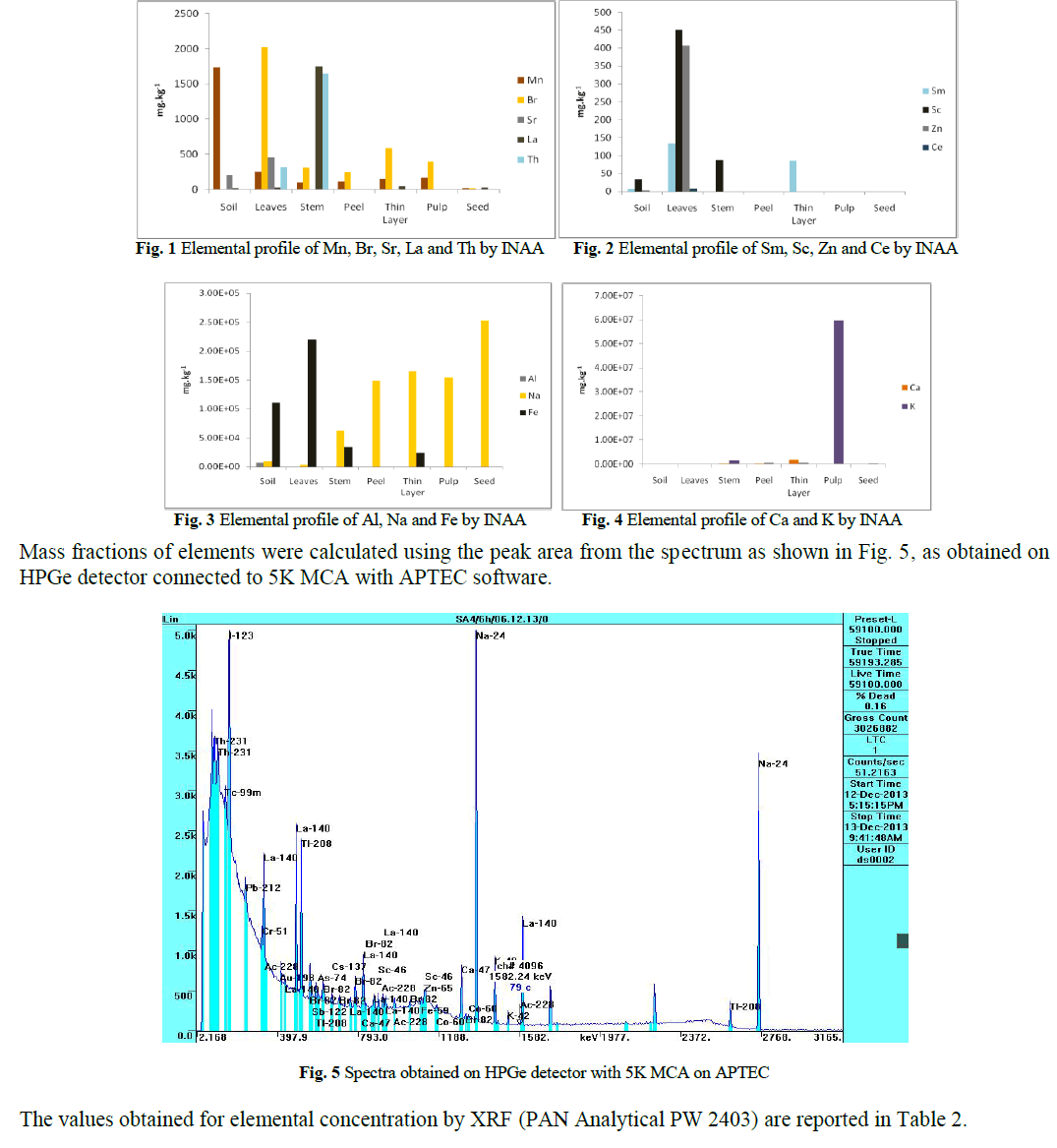 |
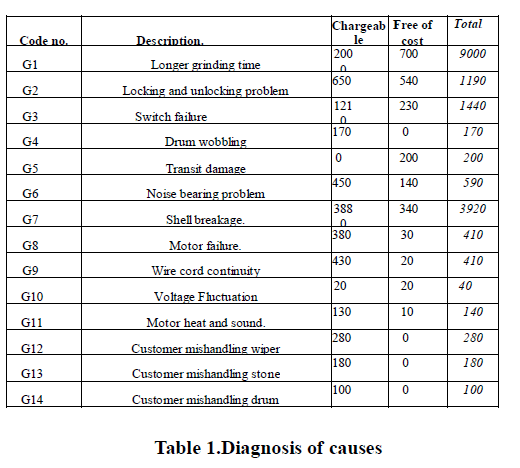 |
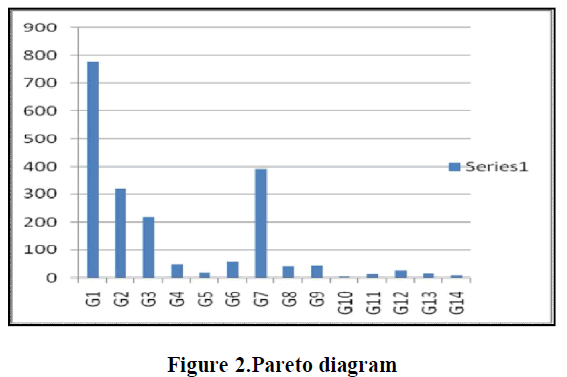 |
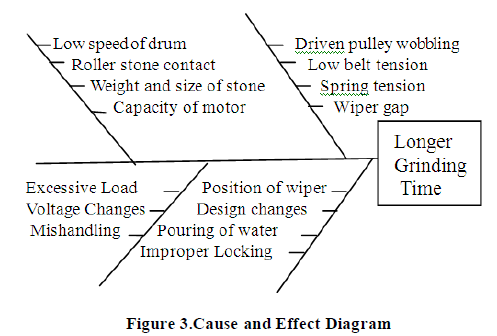 |
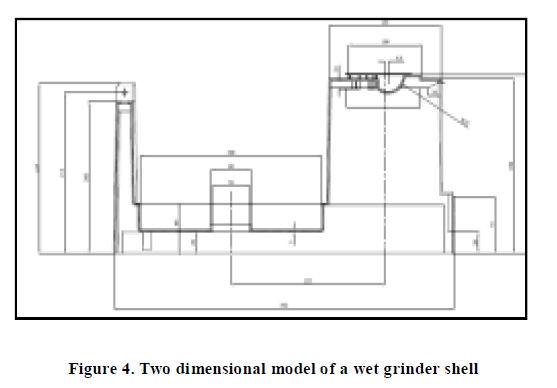 |
| Figure 1 |
Figure 2 |
Figure 3 |
Figure 4 |
Figure 5 |
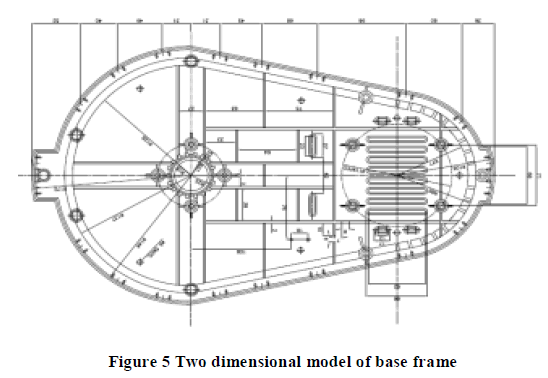 |
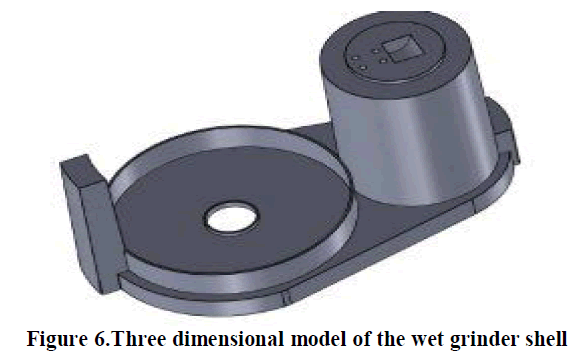 |
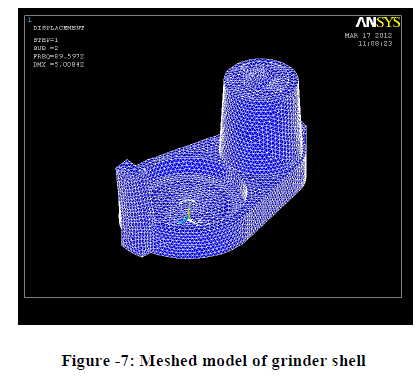 |
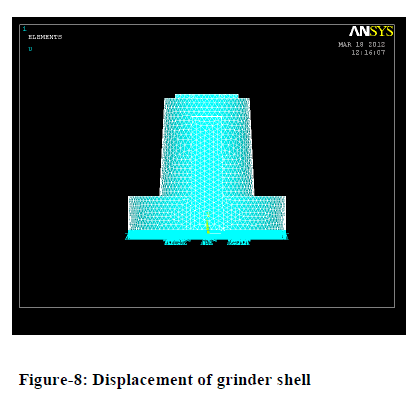 |
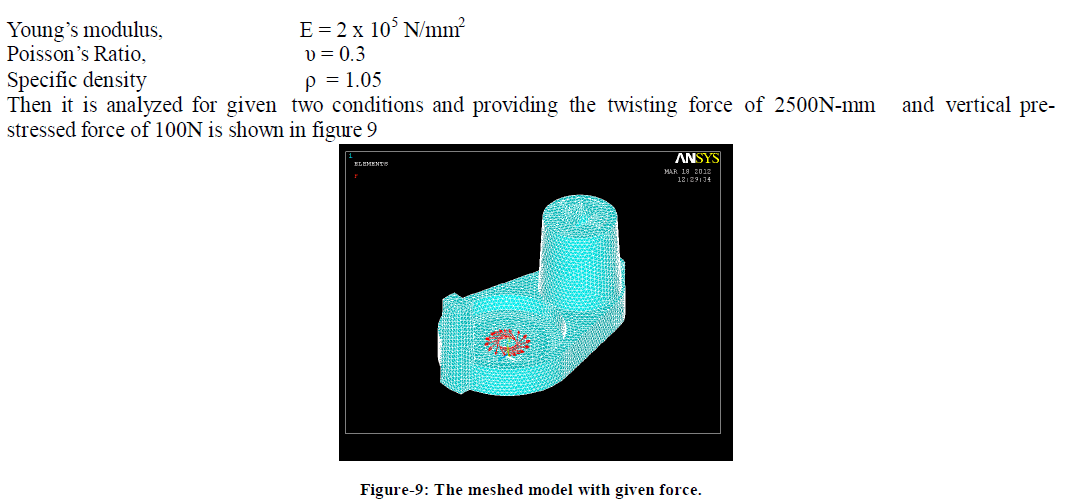 |
| Figure 6 |
Figure 7 |
Figure 8 |
Figure 9 |
Figure 10 |
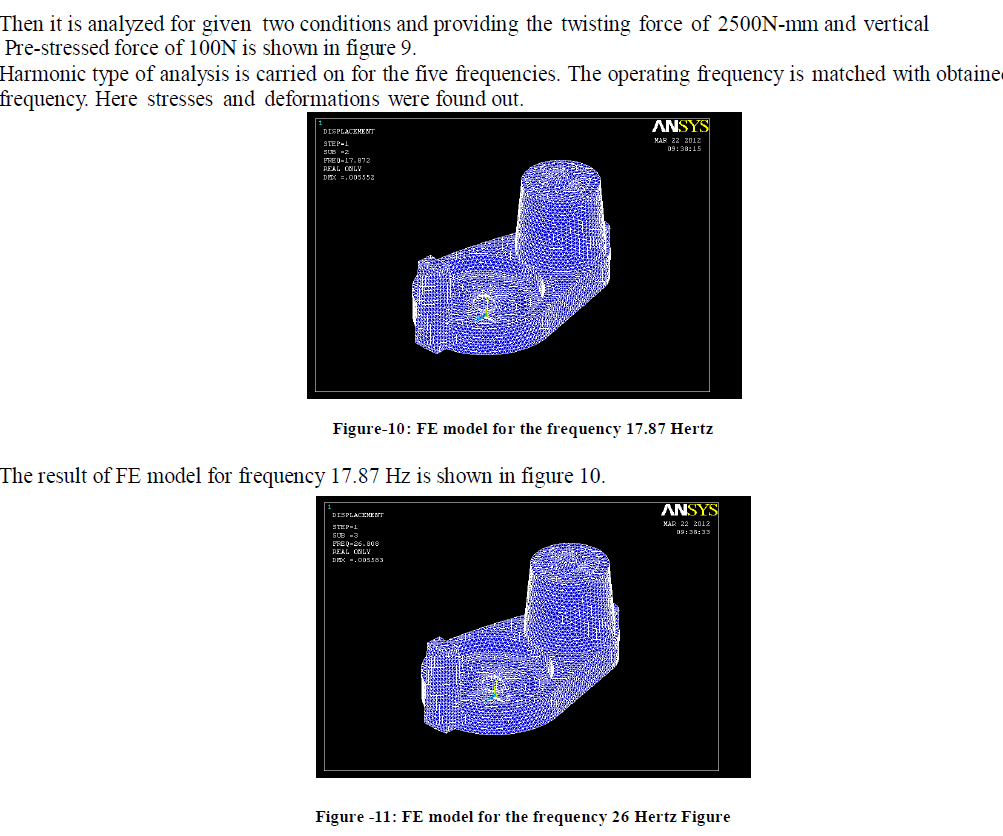 |
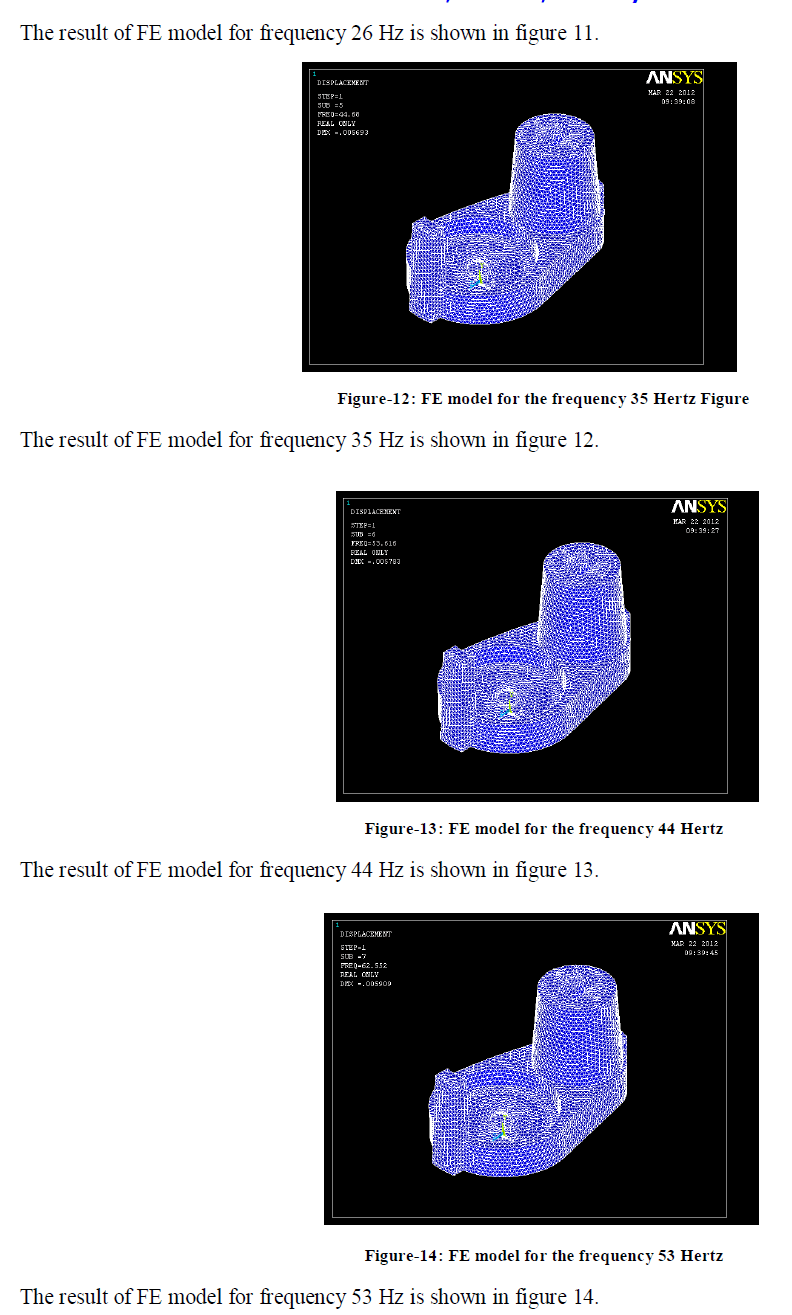 |
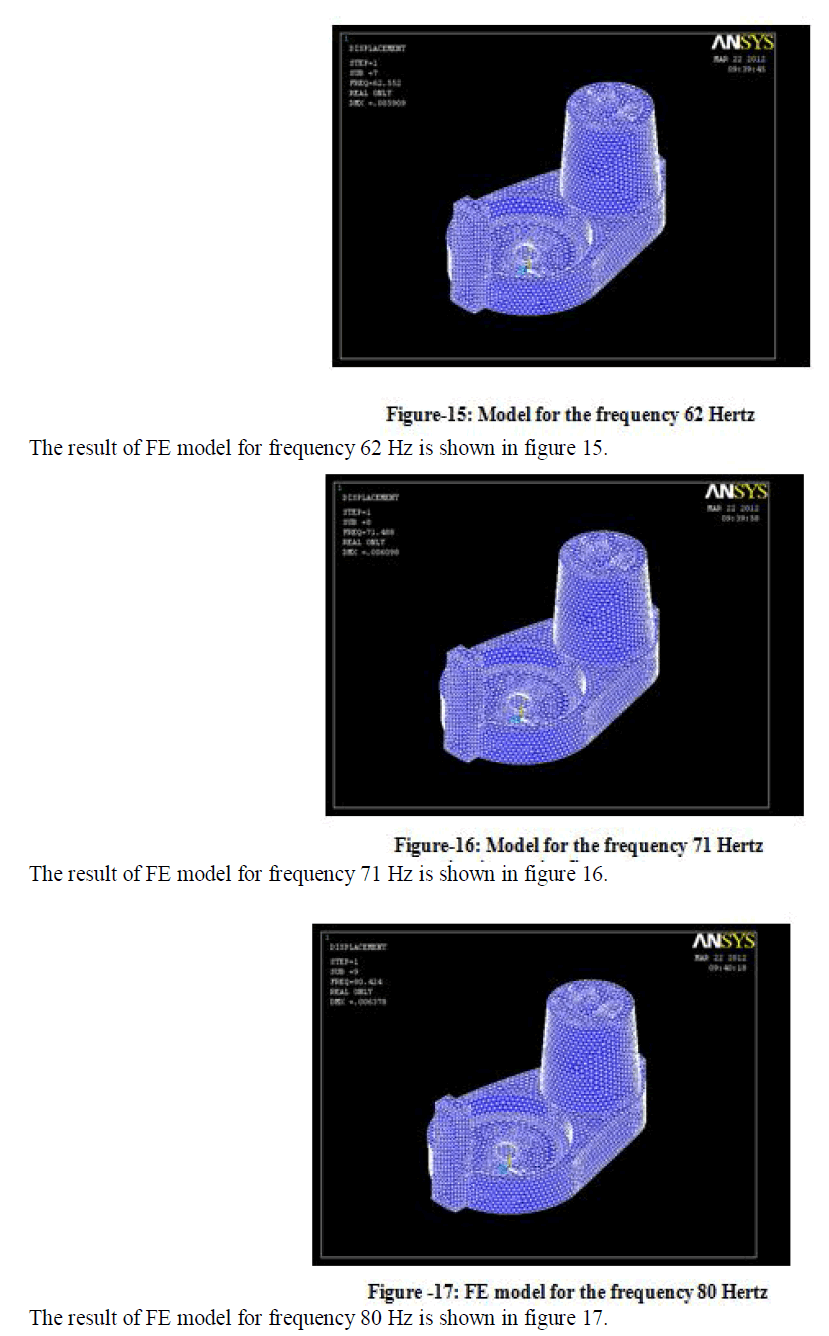 |
 |
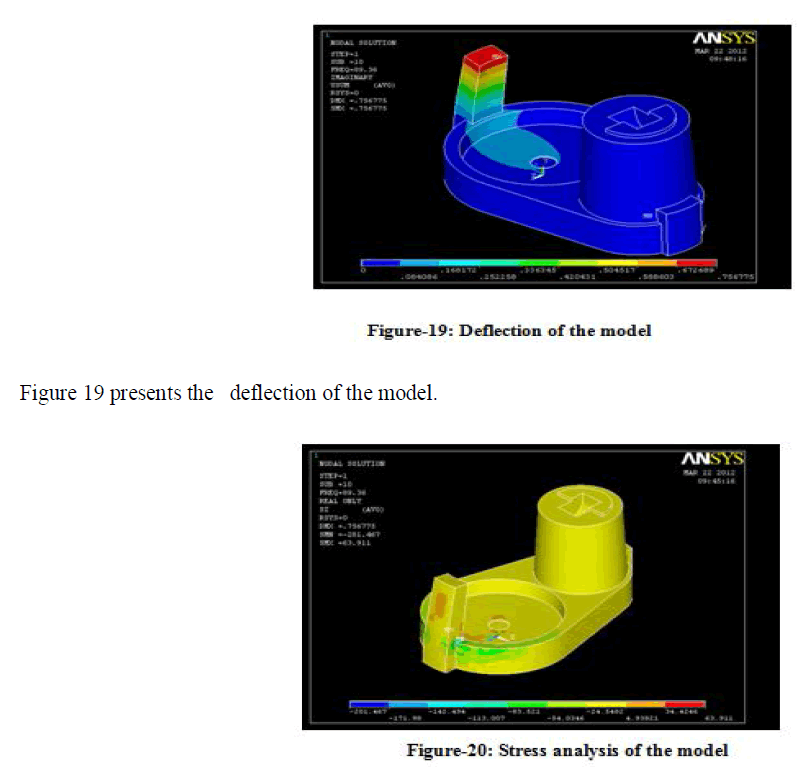 |
| Figure 11 |
Figure 12 |
Figure 13 |
Figure 14 |
Figure 15 |
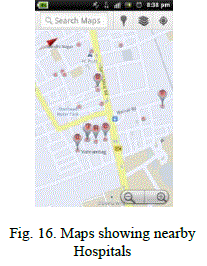 |
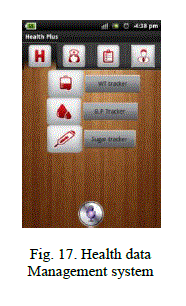 |
 |
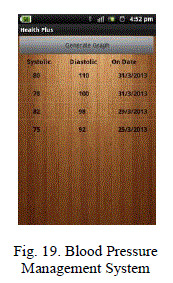 |
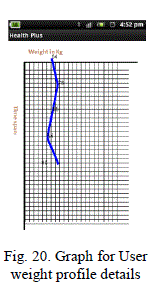 |
| Figure 16 |
Figure 17 |
Figure 18 |
Figure 19 |
Figure 20 |
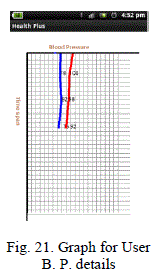 |
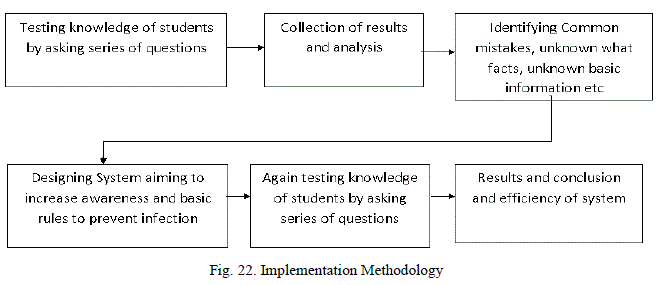 |
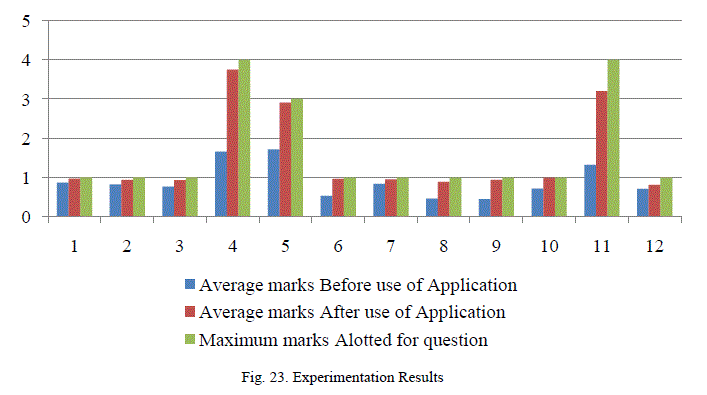 |
| Figure 21 |
Figure 22 |
Figure 23 |
|
| |